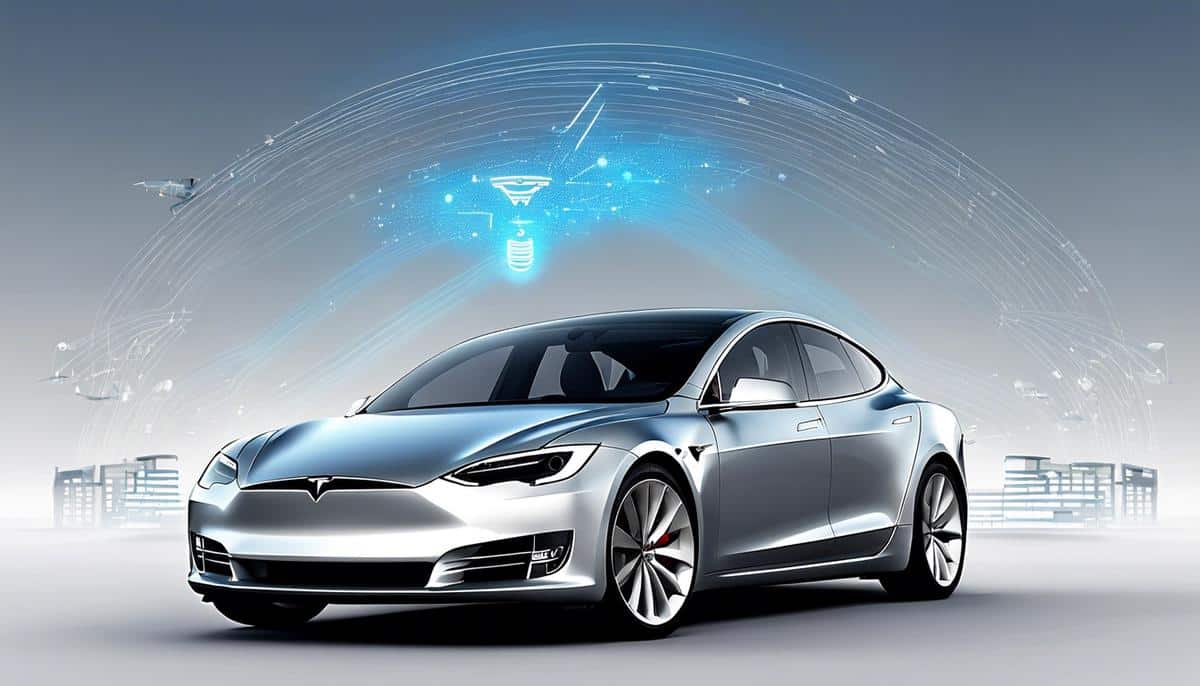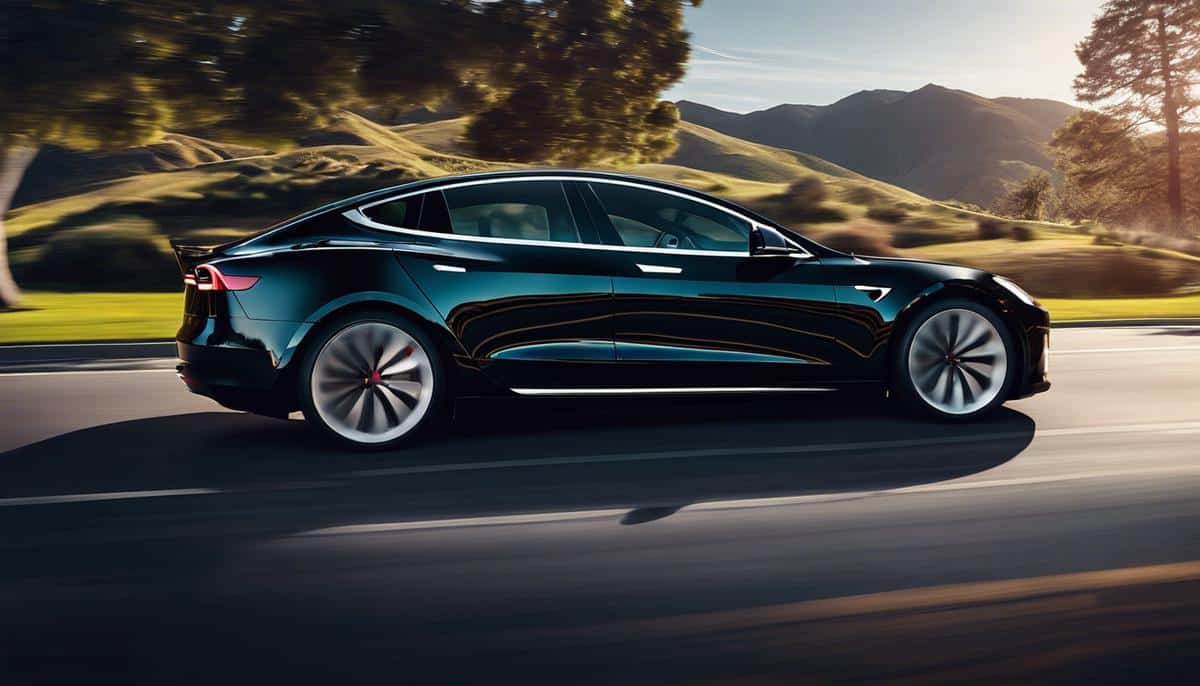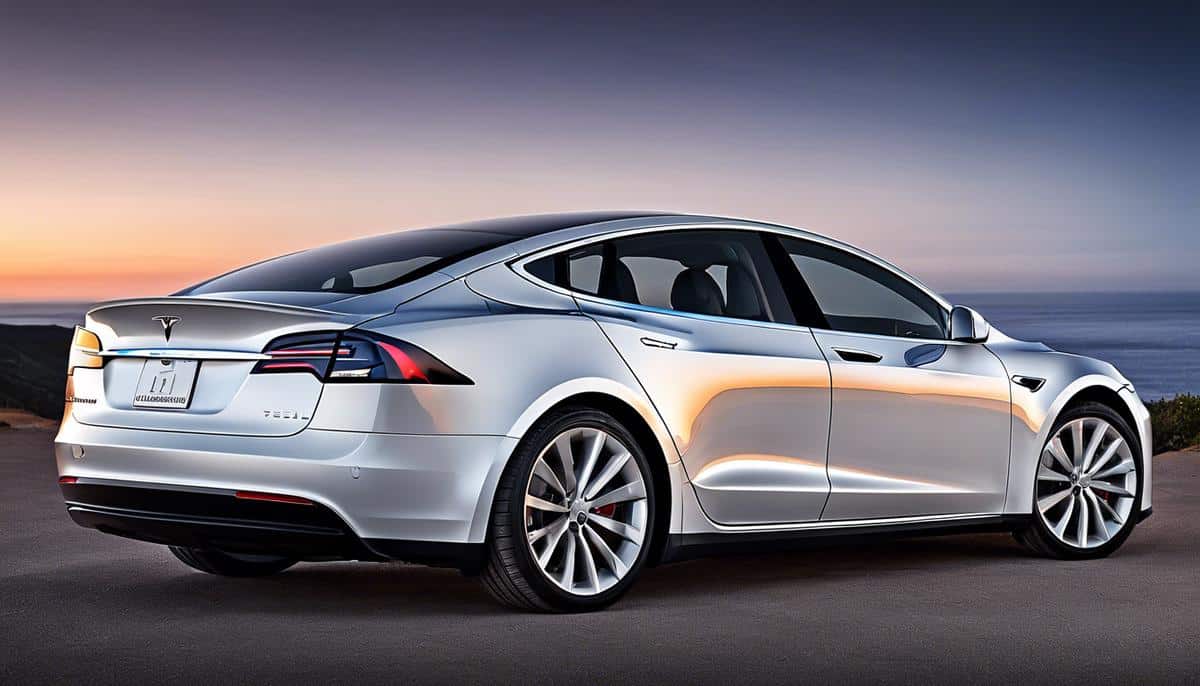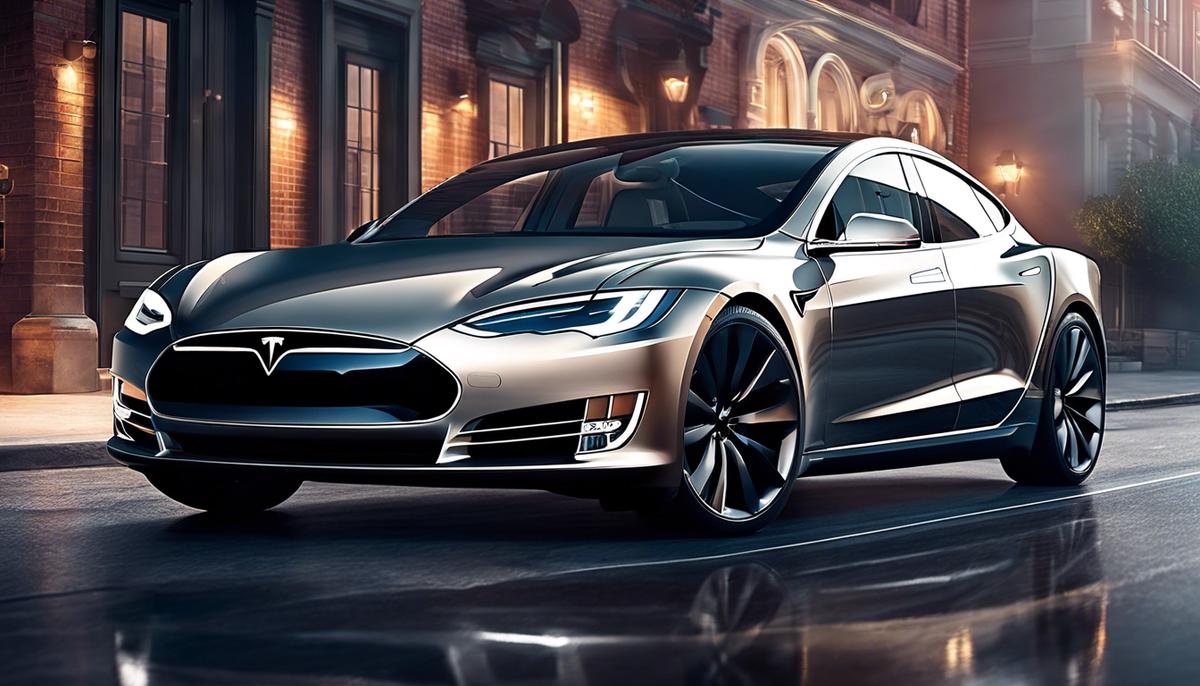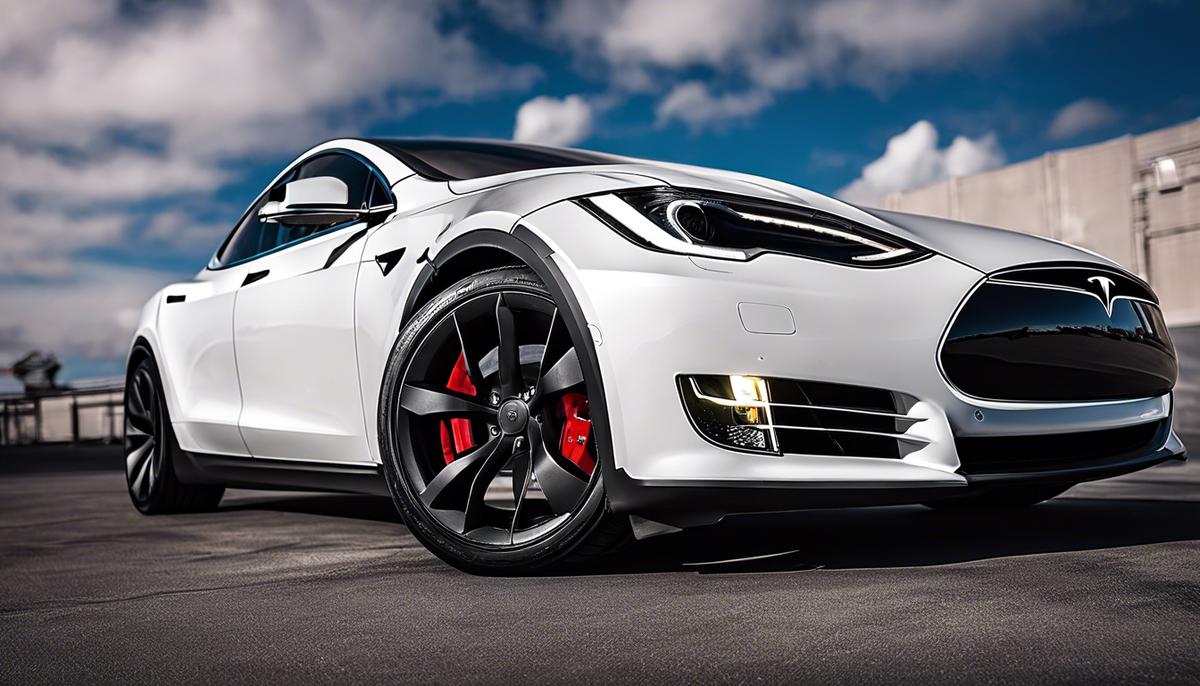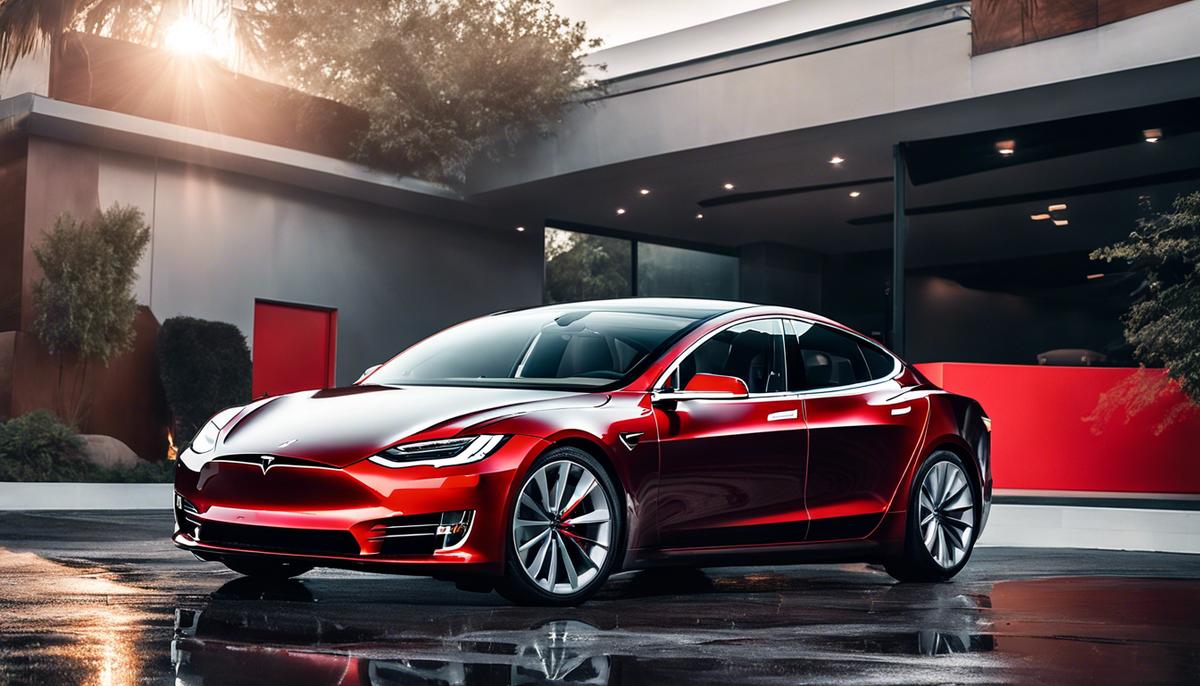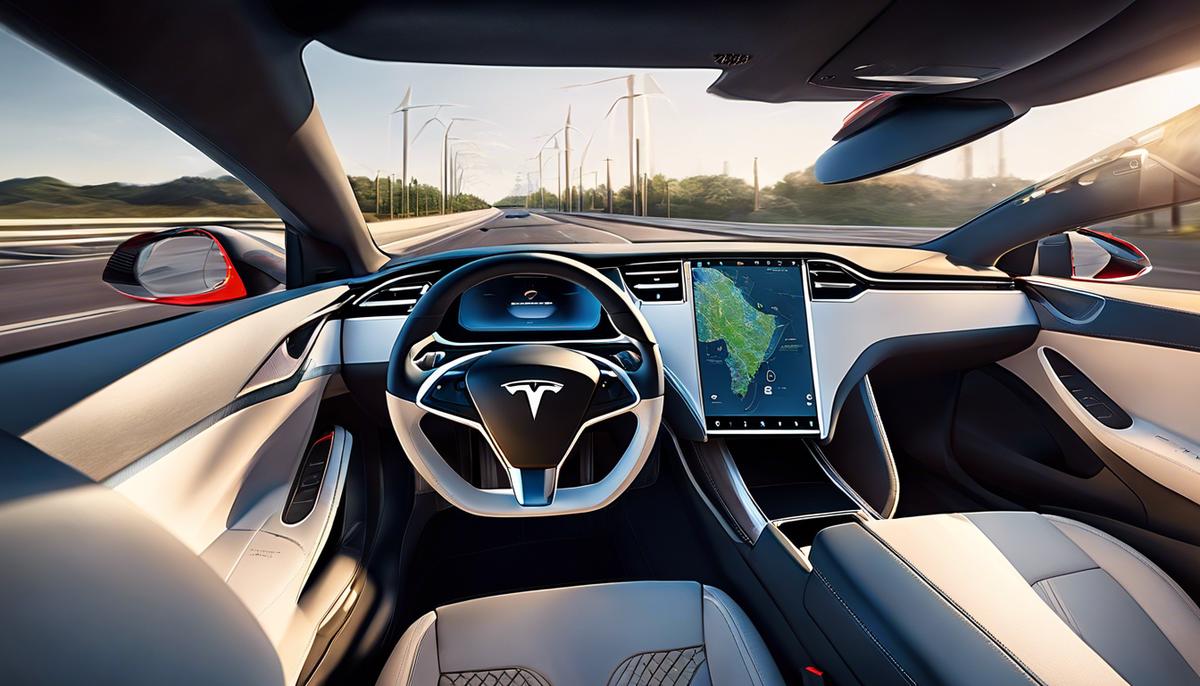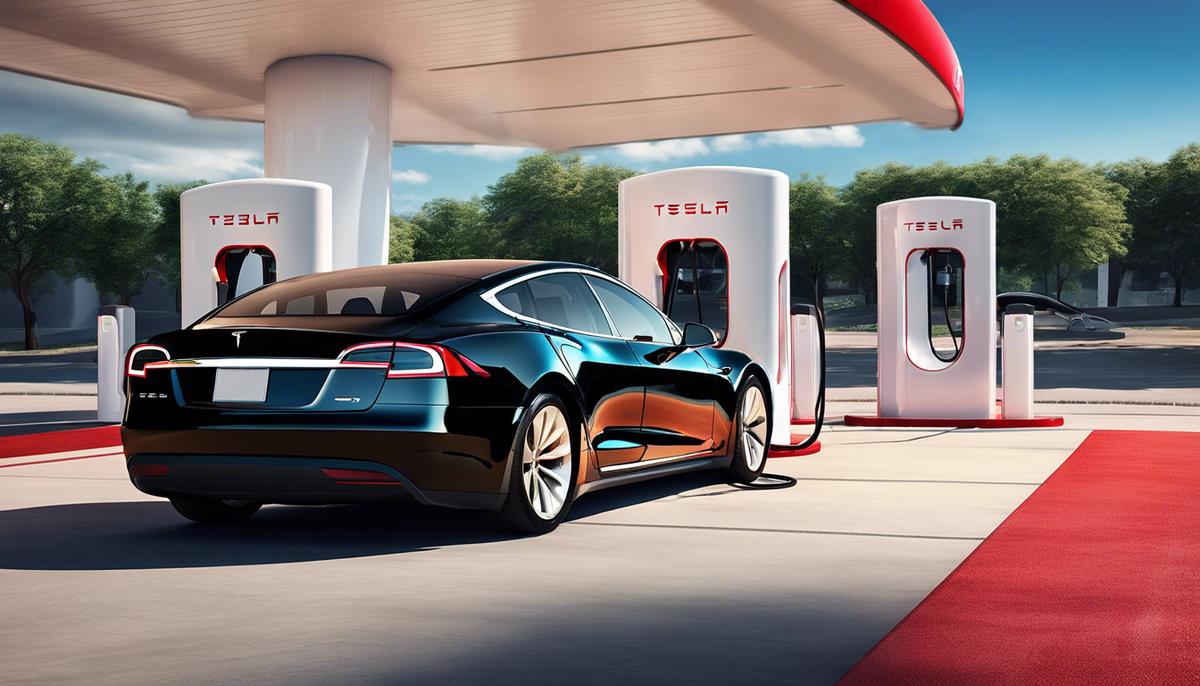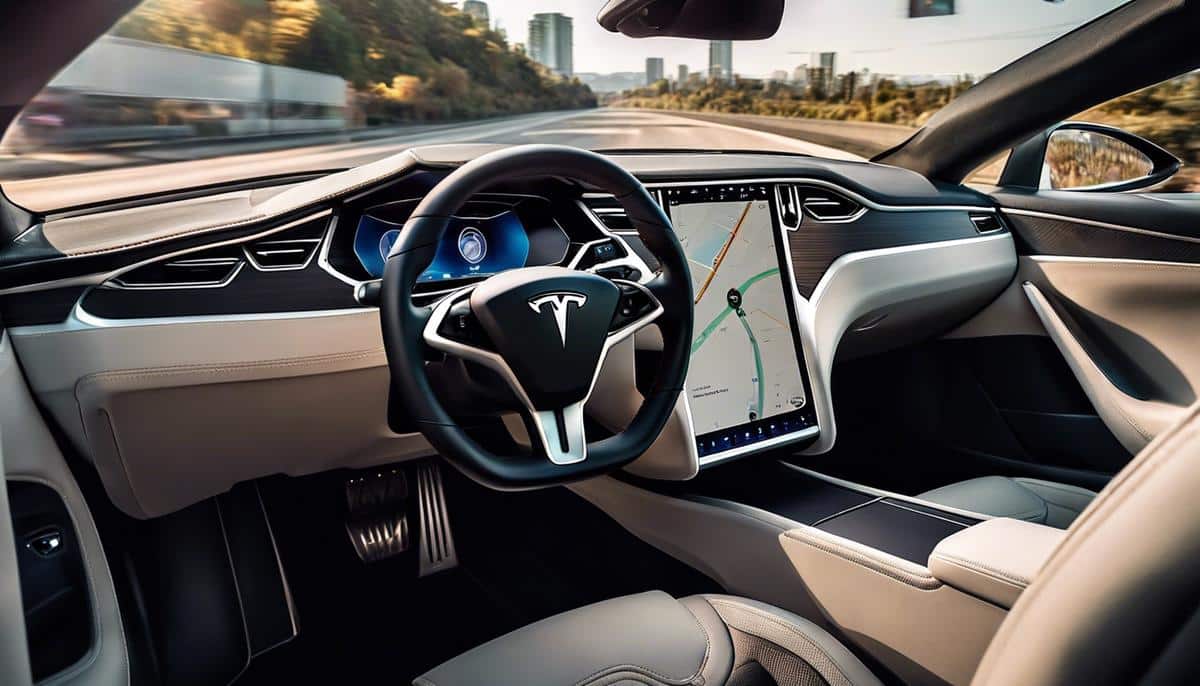Mastering Tesla Autopilot: A Guide
Thriving in an era where technology seems to have permeated every facet of our lives, we now find ourselves riveted to the fascinating world of automated driving technologies. Key among these advancements is Tesla’s Autopilot system, a marvel of modern ingenuity that has taken the auto industry by storm. While Tesla’s Autopilot offers an extraordinary driving experience, it is crucial to realize there is a learning curve when it comes to fully utilizing its features. This document aims to demystify the Tesla Autopilot system, exploring its fundamental capabilities, the most efficient and safest ways to use it, and strategies to troubleshoot common issues. It is designed to expedite your journey towards becoming well-versed in the functionality of this groundbreaking technology.
Understanding how Tesla Autopilot works
Understanding Your Tech: Core Functionalities and Limitations of Tesla Autopilot
Tesla has certainly made a splash with its advanced technologies and innovative design. But it’s the Autopilot feature that’s really got people talking and it’s not hard to understand why. This semi-autonomous driving system takes convenience and sophistication to an entirely new dimension in the world of automotives.
At its core, the Tesla Autopilot is designed with the vision to alleviate the burdens and stress of driving. However, it’s essential to know what it can and cannot do before jumping in the driver’s seat.
What Tesla Autopilot Brings to the Table
- Traffic-Aware Cruise Control (TACC): This feature enables the car to adjust its speed according to the vehicle in front of it. So, you can confidently maintain a safe distance while focusing your attention on the road ahead.
- Autosteer: With Autosteer, your Tesla can neatly follow the lane you’re in, making long drives less monotonous and strenuous. It works optimally on the highway where lanes are clearly marked.
- Auto Lane Change: Feeling the need to switch lanes? No problem, just initiate a lane change and let the system handle the rest.
- Autopark: Tesla’s Autopark assists with both parallel and perpendicular parking. It’s perfect for those tricky parking spaces in crowded places.
- Summon: Say goodbye to walking to fetch your car in the parking lot. With Summon, your Tesla can pull out of a tight parking space, or even your garage, without anyone inside!
While these features can make a world of difference to your driving experience, do bear in mind their limitations.
Understanding the Boundaries of Autopilot
Tesla Autopilot is not a fully autonomous system. It’s designed to assist but not replace a human driver. Vigilant supervision is always required.
- Limited Visual Perception: While the car’s sensors are highly sensitive, they are not foolproof. They may have trouble detecting low and non-reflective objects or understanding the context of road signs.
- Interference: Weather conditions and road debris can interfere with the Autopilot’s vision, leading to malfunctions.
- Complex Navigations: The Autopilot system might falter with complex navigations, like sharp turns and obstacle deviations.
- Urban Driving: City streets with congested traffic, cyclists, and pedestrians are beyond the scope of Autopilot’s capabilities. It’s primarily designed for highway use.
- Responsibility: Remember, Tesla Autopilot’s current build always needs a driver to take over instantly when required. The system constantly reminds the user with alerts. So, the full focus must be on the task of driving.
The Tesla Autopilot is an impressive piece of technology aiming to revolutionize the way we drive. But as we eagerly await more advancements, it’s crucial to remember that responsible driving remains in our hands. Until fully autonomous driving becomes the norm, remember– safety first, always. Happy and safe driving!
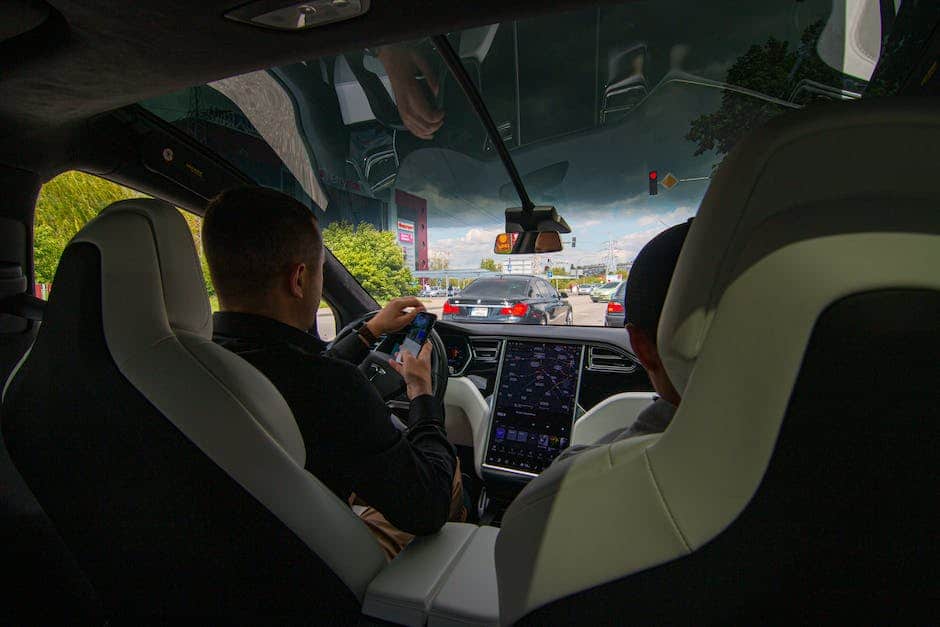
Effective use of Tesla Autopilot
Mastering the Use of Tesla Autopilot Safely
Hello there, warm-hearted community!
As you all know, Tesla, with its advanced features and futuristic design, are becoming more and more prevalent on our roads. One standout feature that we should discuss is Tesla’s Autopilot. This groundbreaking technology adds a whole new level of functionality to driving, but with such advancement comes the need for understanding and safety. This is the knowledge we need to equip ourselves with to maintain the safety of our family. Today, we’re going to dive deep into how one can safely use Tesla Autopilot.
We’re all aware of Traffic-Aware Cruise Control (TACC), Autosteer, Auto Lane Change, Autopark, Summon, and how they offer limited visual perception. However, there’s more to discover on this cutting-edge technology, especially its functionality nuances, which should be observed for responsible usage.
- Regular Software Updates: Tesla constantly sends software updates, similar to the ones on your smartphones, to enhance the performance of Autopilot. Make sure your car’s software is always up to date.
- Stay Alert: Even with Autopilot’s incredible features, it’s still important to stay vigilant. Your car will do the heavy lifting, but you should always be prepared to take control. Be alert, aware of your surroundings, and monitor the driving environment at all times.
- Understand its Limits: Tesla Autopilot is fantastic but isn’t capable of handling all situations. Weirdly angled roads, tight turns, and certain curves may not be handled well, so be prepared to switch off the Autopilot feature when approaching such scenarios.
- Follow Regulatory Signs: Autopilot may sometimes miss regulatory signs or obstacles due to environmental conditions or hardware limitations. Learn to recognize when the system might miss a sign and be ready to intervene.
- Maintenance: Regularly check your sensors, cameras, and radars for dirt or debris, which can limit perception and lead to faulty operation.
- Weather Conditions: Tesla’s Autopilot may not function optimally under severe weather conditions such as heavy rain, snow, or fog. Understand these parameters and be ready to take control in such situations.
- Understand Lane Tracing: Autopilot works best when on well-marked lanes. So, if you’re in an area where lane markings are faint or non-existent, it’s best to manually operate your vehicle.
- Use on Highways: Autopilot excels on highways, where lanes are well-marked and conditions are predictable. Avoid using Autopilot on city streets where there are pedestrians and cyclists.
The key to using Tesla’s Autopilot safely is understanding, vigilance, and a responsible attitude. Enjoy the capabilities of your Tesla, but always prioritize the safety of you and your loved ones. After all, there’s no joyride worth risking the wellbeing of our family. Stay safe, stay informed, and let’s continue to share and learn together.

Troubleshoot common Tesla Autopilot issues
Article:
Troubleshooting Tesla Autopilot: Steps to Keep Your Drive Smooth
When your family is settled in a Tesla and depending on its Autopilot feature for a long trip, nothing can be more frustrating than it not working as expected. Moving beyond Traffic-Aware Cruise Control (TACC), Autosteer, Auto Lane Change, Autopark, and the Summon feature, let’s delve into some more troubleshooting steps that you can take when experiencing issues with Autopilot.
-
Check Your System Status:
Your Tesla vehicle will display messages pertaining to Autopilot issues. Always take note of these prompts detailing the Autopilot’s status. Is there an issue with the braking or acceleration system? A malfunctioning Forward Collision Warning? Checking these messages can give you a good starting point for your troubleshooting steps.
-
Restart the System:
Akin to your everyday digital devices, a simple reboot might be all the magic your Tesla needs. You can restart the touchscreen by simply pressing and holding both the scroll wheels on the steering wheel for a few seconds until the screen goes dark.
-
Test it on Different Types of Roads:
Inspect if the malfunction is occurring on one type of road only, such as inclined surfaces or curves. This information is pivotal to understand whether the Autopilot’s speed, direction, and overall precision needs adjustment.
-
Inspect the Cabin Camera:
Starting with the Model 3, Tesla introduced the cabin camera primarily meant as a part of its “robotaxi” plans. Although it isn’t directly linked to the Autopilot system currently, it might be useful to ensure it isn’t blocked or covered.
-
Monitor Unusual Battery Drain:
Although not a direct symptom of Autopilot malfunction, a sudden drop in battery life can potentially indicate software issues, affecting Autopilot performance.
-
Report the Issue:
In case you’re unable to restore the functionality yourself, use Tesla’s ‘Report a Bug’ feature on the touchscreen which documents the system’s state at a particular time and reports it for diagnosis.
Remember that your vehicle’s Autopilot functionality depends on complex hardware and software interaction – a seamless symphony of sensors, cameras, radars, and AI-powered algorithms. While it’s true that the feature’s limits can be affected by weather conditions and visibility challenges among others, it still should not replace an alert and responsible driver.
These steps should help quell minor Autopilot issues but for significant problems, nothing beats reaching out to Tesla’s helpline or taking your vehicle to an approved service center. As always, being part of a family is being ready for a bit of a bump in the road, faced with patience and good skills. Ensure that you and your family enjoy the ride, most importantly be safe!

By understanding the intricacies of the Tesla Autopilot’s design and operation, you equip yourself with knowledge that can truly revolutionize your driving experience. From effectively engaging the self-driving feature in various scenarios to confidently troubleshooting common issues, being well-informed is the key to effortless journeys and rides full of leisure. Remember, as drivers, we share the responsibility of promoting safety and accountability on the road, stretching beyond our vehicles to the greater world of automotive technology. Thus, let us drive into the future, not merely as passengers, but as proficient operators of these incredible machines, empowered through knowledge and understanding.


